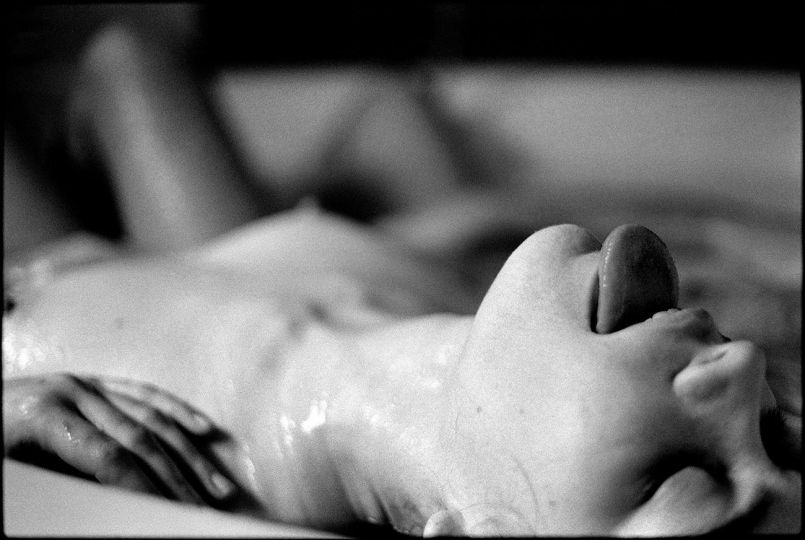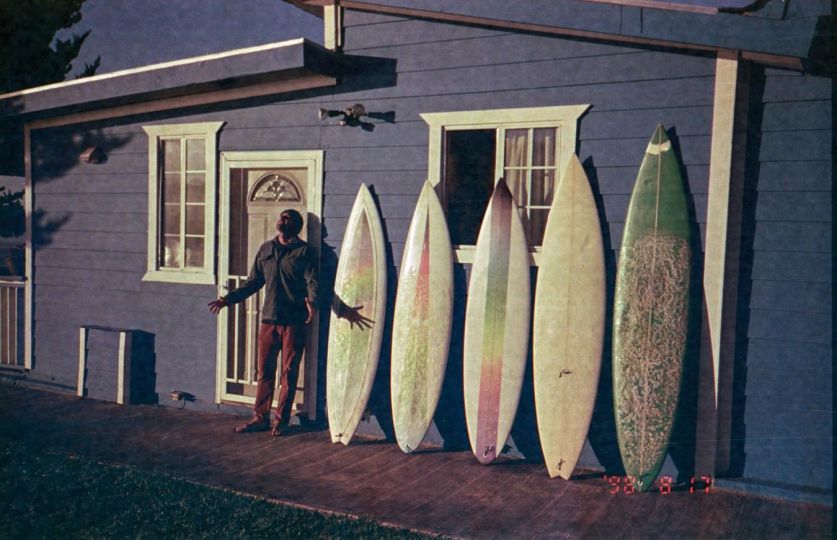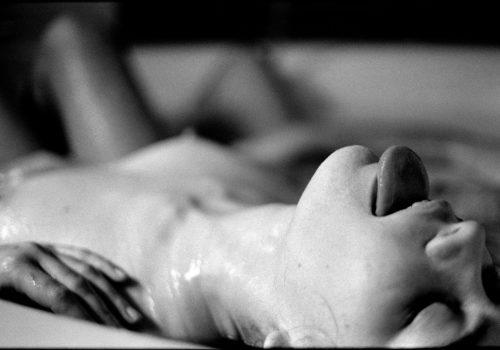I love seeing photography resist to outbursts in technology, fashion trends, the demons of oblivion or, more selfishly, to the idea that I have of America, at least to the one photography gave me. And on these three points, Marion Dubier-Clark generously offers me a set of consistent answers that I would even call reassuring.
Her work ensures a first loyalty to a photographic process whose scheduled disappearance has, ultimately, just been suspended : that of Polaroid film, which she uses with consistency and talent to speak, in this case, of America. These small square images, obtained in the immediacy of the shooting, whose delivering,
almost synchronous to it, literally bluffed the public – and the artists -, and there are enough aficionados to love them still, so that the span of their lives has been stretched. In the 60s and 70s, this very same
immediacy was changing everything, filling the impatience inherent to the photographic medium, delivering the recorded image of an inevitable lag between shooting and development.
In a photographic market dominated for the last twenty years by the submission to large prints, whose quasi surgical precision feeds itself off digital additives, these small pieces of colored paper, full of tangy,
and sometimes approximative, chromaticism, these fragments of reality that one piles up, once gathered, in small cardboard boxes, now stick out in the landscape of contemporary production. And, to top it all, these small images are unique, one single print securing its survival, unless one multiplies them at the time of shooting. As if the fragility of their uniqueness restored the magic of photography in the years following its birth… Their physical reality (a truly fragile heritage that we, increasingly, care to keep) makes these
images even more poignant. The fact that a contemporary photographer as Marion Dubier-Clark seizes this vulnerability to perform her work, when she could ensure a far more sustainable longevity and distribution to her shots, via existing technologies, seems to assert a voluntary paradox, a thoughtful aesthetic gesture.
Finally, Marion Dubier-Clark revives an aesthetic whose, except for one or two notable exceptions (I think of the Swiss Urs Lüthi’s self-portraits), greatest hours are linked to artists and to the U.S. territory. And, in particular, to the last great creative series Walker Evans experimented with in the early 1970s. His images,
taken with a Polaroid SX70, not only show his liking for color, finally freed from realism, but more specifically a newly-found freedom which Evans takes to the big vernacular stage America offers to the observer.
Marion Dubier-Clark inscribes her current work in this continuity. With the intelligence of pointing out and saluting her references. But also of setting herself in an ambitious scrutiny of American cities crossed
by the signs, letters, and photographs which a constantly changing urban modernity, daily renewed has collected. Marion Dubier-Clark’s Polaroids recover the freedom and jubilation of the great photographic sight-readers in front of the endless American vernacular field, the annoying sharpness of its colors, the
incredible poetic lettering of its posters and walls. We thought the American coloristic photography had thread-bared those virtues. And suddenly, what a fine news, Marion Dubier-Clark is proving us otherwise.
Gilles Mora
Polaroids from New York to New Orleans
Auto-published by Marion Dubier-Clark
















